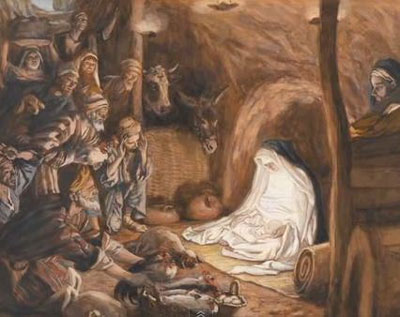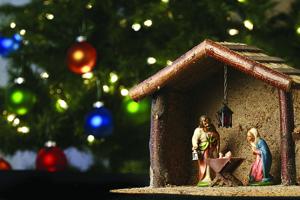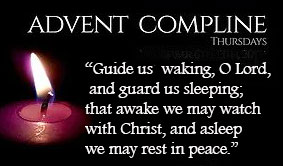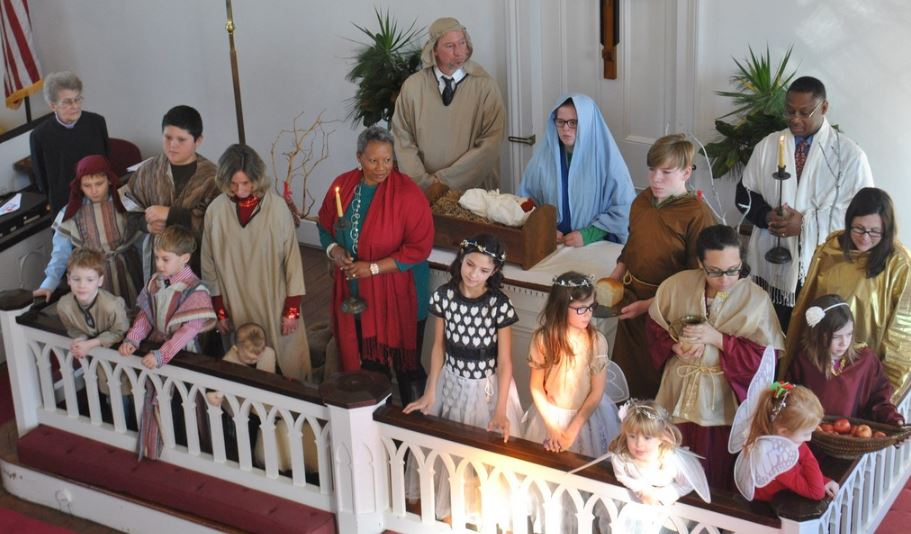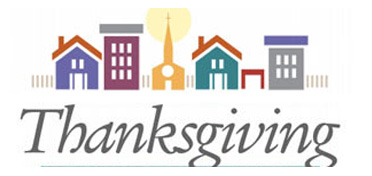
By Lawrence
The new messianic community: healing, restoration and conflict
Jesus’ ministry is about gathering into being a new community – a messianic community – which is a sign of the kingdom of God. The kingdom of God is the world as it ought to be and will be under God. The message of the kingdom is the Good News that Jesus preaches (1:14). It has “come near” in Jesus and begins to take shape – takes on “ground space” – in the community of disciples and followers that Jesus gathers around him. This new community is an anticipation and sign of the kingdom of God.
Significantly, this happens on the margins. Jesus’ ministry takes place in Galilee, far away from Jerusalem. He is baptised in the vicinity of the city, but in the wilderness. This is the place of resistance to the Temple and the religious purity system centre there. The point is that the purity system breaks down community by exclusion. The focus of Jesus’ ministry is among theexcluded.
We need therefore to be constantly alert several narrative-structural features of the healing narratives, in addition to the healings themselves:
· Jesus is a healer, not a curer. This is the “healing and wholeness” point. Jesus pays virtually no attention to the symptoms of illness, so crucial in medical diagnosis. He is not a super-doctor! He does not attempt to explain the causes of illness, either in medical or spiritual terms (eg as a result of sin).
· A fundamental feature of the healing narratives is the restoration of community. Peter’s mother-in-law is healed in order to participate in the Sabbath meal (with all the importance that attaches to table fellowship). Lepers are healed in order to be re-integrated into the community. The purity system excludes sick people from participation in communal life and blessing, and the healings that Mark records almost invariably entail the restoration of the healed person to the wider community.
· Unsurprisingly, the healings are therefore in effect (though not intention) a direct confrontation with the religious purity system. We need to be alert to the reaction of those who see healing as a threat. So, for example, the healing of the man with the withered hand (3:1-6) is set in terms of the conflict over Sabbath keeping (as is Peter’s mother-in-law, by implication). Healings are theologically significant and provide the context for many of the deadly conflicts over the Law between Jesus and the Pharisees. The account of a healing concludes with the Pharisees and the Herodians conspiring together to destroy Jesus (3:6).
· The healings are messianic actions. Not only are they the presence of the saving actions of God (the plundering of the Strong Man’s house) but they directly provoke the opposition of the religious authorities that results in Jesus’ suffering and death (which is what is to define his messiahship).
· They make sense of the “great reversal” of the kingdom. Jesus heals among the marginalised and outside the dominant religious system. The dominant system has no place for these people, so that the idea that God is at work through the Messiah among these is anathema to the leaders. This is part of the reason why “the first shall be last and the last first”. Grace is seen in God’s radical inclusion of the excluded. Those who are unable to accept this cut themselves off from Jesus, the new messianic community and the kingdom.
· Jesus did not see himself primarily in opposition to the religious system of his day, but as a prophetic, “purification” movement within Judaism.There is a dynamic tension in all the gospels over what would have happened had Jesus and his message been accepted. The passion predictions suggest that Jesus was fully aware that he had come to be rejected and that his death was inevitable. His weeping over Jerusalem suggests his hope that he would have been accepted and that the kingdom he inaugurated would come about. The healing stories reflect this tension. In the cleansing of the leper (1:40-5), Jesus urges the leper to go to the priest and go through the proper cleansing and restoration rituals. It is clear that Jesus wished to establish the new messianic community withinJudaism, rather than in opposition to it. The healing narratives help to plot the movement of Jesus’ initial hope of acceptance, then through opposition to rejection and inevitable death. They help to emphasise the fact that Jesus died because of the life of the kingdom he lived, rather than only a result of the divine plan of salvation through suffering and death. They make his life, as well as his death and resurrection, significant for Christian discipleship.
Read more

 Rembrandt returned to the subject, "Presentation of Jesus in the Temple" at least 5 times from 1627 to 1654, two paintings, three etchings.
Rembrandt returned to the subject, "Presentation of Jesus in the Temple" at least 5 times from 1627 to 1654, two paintings, three etchings.


